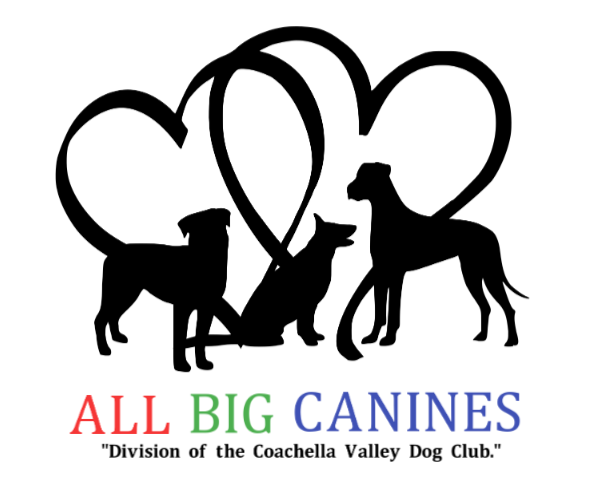Hot take: There is no list of skills every dog needs to know.
Having a dog is a joyous experience and often a source of much love and happiness to the family. But it can also be a source of frustration if one has no way to train their dog. Too often, people try to fit their dog into a one size fits all set of skills for all dogs, and that simply doesn't work. Every dog is different and household is different. That's why it's so important to understand that there is no one-size-fits-all set of skills for every dog. No list that every dog has to know to live a happy successful life with their humans.
A grey Hairless dog in a purple collar and blue knitt sweater looking at the camera with brown eyes
That's where our product and service comes in. We custom tailor training plans to your needs, not some societal-held idea that wastes time and finances on skills that have no relevance for that family. We understand that every dog is different and we take the time to go through the individual needs of the dog with its owners. We also understand that just as important as teaching the dog certain skills, is teaching the owners how to interact with the dog and how to effectively command and communicate with the dog.
We also take into account the family's lifestyle and the living space that the dog is in. This allows us to better understand the dog, and the humans, and create a training plan that will be best suited for that family. We take the time to explain how to interact with the dog, how to best utilize different skills, how to implement management, and how to keep up with the training plan in a way that actually works within their lifestyle. Because nothing works if you can not practice easily and in real life. We have to make it easy for the dogs and the humans.
Example: Marvin a 16-year-old Xoloitzcuintli (Mexican Hairless-Primitive breed named after the Mayan god, Xolotl) He was adopted at age 11 into a home where there were not often human visitors, they didn’t take him in public as people are a source of stress and nervousness for him. He had never been trained to do anything and when the list was made of what he needed to know it consisted of the following:
Sit
Walk on a leash
Recall
Potty Training
Allow physical examination and nail trims.
Is allowed on all furniture and where ever he wants to go
Now compare that to Kirk a 9-year-old terrier mix who was adopted at age 2. He suffered from severe Separation Anxiety, he needed to be well-mannered around house guests, he needed to be well-mannered in public, he needed to be comfortable traveling in a car for periods of time. His training list of need to know skills looks a lot different.
A brown and white pitbull type terrier dog looks at the camera from under a table while laying on a carpet with dilated pupils
Sit, Down
Stay/Wait
Recall
Leash Skills
Greeting Strangers Skills
Handler Engagement and Reorientation when faced with new people or dogs
To lay on bed and relax when guests arrive
To allow for care at the vet and groomer
Can come onto the bed with permission is allowed on all seating and is not allowed in the office.
These two dogs have totally different lifestyles and to be successful as a family their needs should be met in a fun and non-difficult way. At our core, we want to make sure that every dog is trained to the best of its ability and that the owner has a satisfied and successful experience. We understand that a dog’s behavior is impactful to his humans and vice versa differently for every dog and human cohabitating. That is why we take the time to craft training plans that work for the dog and the family. We believe that understanding that there is no one-size-fits-all set of skills for every dog, allows us to create an individualized plan that will bring out the best in each dog.
Now take a moment and think abut the behaviors from your dog that are most impactful on your life and skills you see people train for that you cant find practical routine uses of in your life. Which do you tend to spend more time focusing on?
Then look at how your training plan and the practice time and ways you practice get results. Do you prep your treats and leash and clicker and do practice sessions like your initial training sessions? Or do you have reward holders placed throughout the house so you can pay out for what you want to see throughout the day?



